HOKA Rocket X 2 is a Rocketship
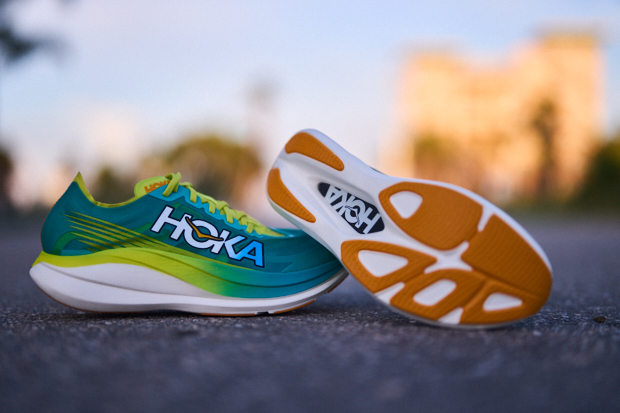
We have been evangelists for HOKA for at least a decade now. They were at the forefront of the maximalism movement, and in turn played a significant role in turning the running shoe world on its collective head. From the classic Bondi B through to to the Clifton and even original racing shoes like the Tracer, HOKA’s brand motif was pretty simple to explain: tons of cushioning in a surprisingly lightweight and stable package.
And then Nike launched the Vaporfly, and every shoe brand has been chasing the magic elixir of balancing soft, yet responsive, midsole materials combined with a carbon fiber plate to provide a faster and faster running experience. HOKA’s first attempts at this type of shoe left a lot to be desired; quite simply, the ride was too harsh and unstable out of the first generations of shoes. I found the original Rocket X to be a somewhat strange shoe — it was a phenomenal shoe for treadmill running, but the speed did not translate into the outdoors. And then there was the Bondi X, which somehow managed to be both a bad HOKA and a bad carbon plated running shoe.
It was bad enough that many of HOKA’s professional triathletes would wind up racing in alternative footwear. That was, until, the 2022 IRONMAN World Championships, when suddenly a lot of athletes were running what HOKA representatives were insisting was a “prototype,” despite clearly having a “Rocket X 2” tag printed on them. The fire was further stoked when both Jan Frodeno and Tim O’Donnell made mention of how much they were enjoying running in this new shoe.
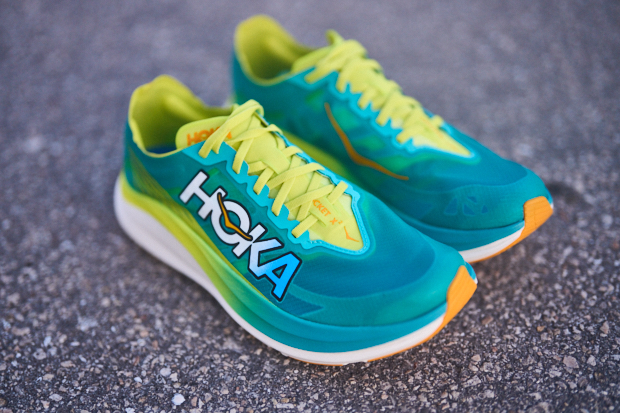
And now we’ve finally got our hands on them. We’re a bit further behind than we’d normally like to be with this model. Unfortunately, for a variety of reasons, we were only able to get a pair of Rocket X 2s a bit beyond launch date — mostly because my size 13 canoes were only available post-launch, but also because someone managed to hurt himself over the winter and was prohibited from running for a while.
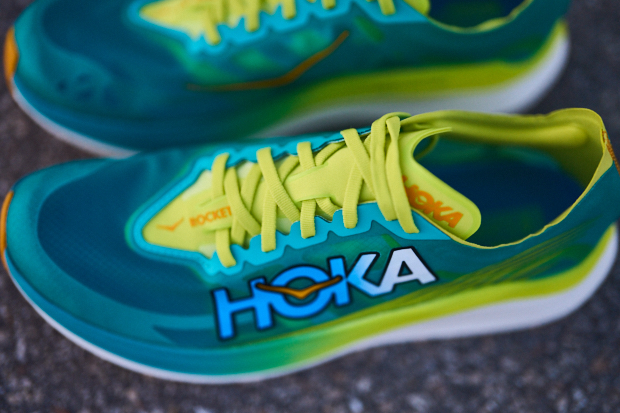
The Tech Talk
First and foremost, the Rocket X 2 is unisex. Typically, in US sizing, the women’s equivalent size should be 1.5 sizes larger than the men’s listing (so a M6 would be a W7.5). According to HOKA, though, the Rocket X 2 is closer to a single size difference. At least from my experience, I think that’s in part because the shoe runs a little on the smaller side for the men’s number. It’s not a full half-size small, but if you are someone who is usually debating between two sizes — pick the larger one.

HOKA used a new generation of PEBA foam for the Rocket X 2. PEBA is the so-called “secret sauce” of this generation of footwear — it provides a well balanced cushioning experience in a lightweight package, while also providing enough responsiveness to be a good bed for the carbon fiber plate. Speaking of that plate, it sits from the mid foot forward here. Combine that with the 5 millimeter heel-toe offset and HOKA’s traditional rocker (in place on pretty much all HOKA models, as the shoes aren’t exactly flexible given their traditional midsole heights) and you get a shoe that likes to turnover quickly.
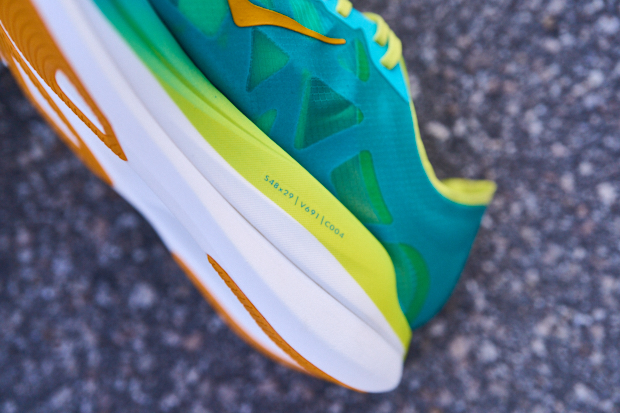
You still sit in this shoe, instead of on top of the shoe, which means despite it being labelled neutral, it provides good platform stability. (There are no medial posts or guidance systems to be found here). You’re held into that position by an extremely lightweight upper. We’re talking communion-wafer thin here. Somehow the gusseted tongue is even thinner than that.
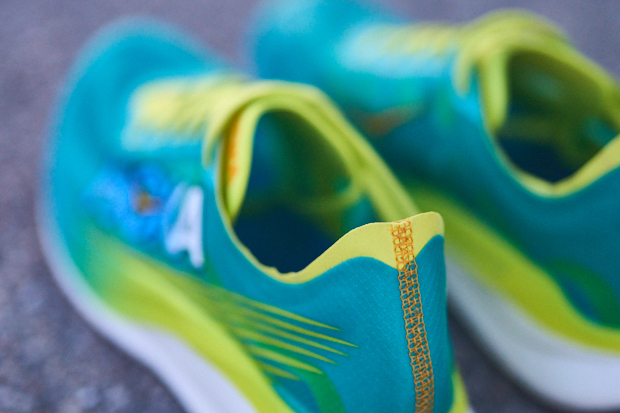
In total, it’s a shoe that weighs in at 8.3 ounces in a men’s size 9. I did not weight my size 13s; however, I can say that HOKA’s generally scale up in weight slower than some other manufacturers, and the Rocket X 2 seemed to fit that same motif.

The Run
There are four shoes that I’ve had transformative experiences over the last 15 years of working in the industry — the original Saucony Kinvara; the original HOKA Bondi B; the Saucony Endorphin Pro; and this shoe.
It’s that good. Let me explain.
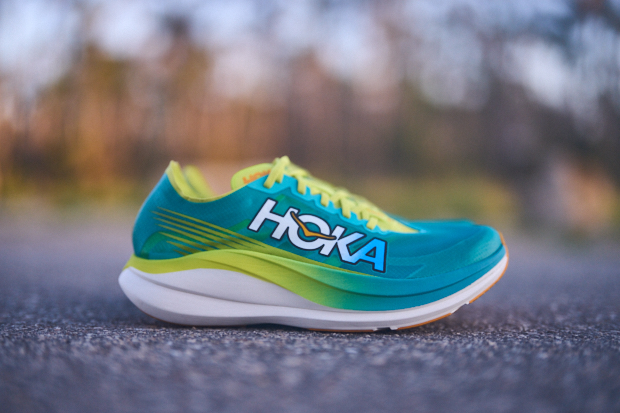
Let me first start with the one negative I have with this shoe — it is going to be nearly impossible for me to put on this shoe quickly in a triathlon. That upper is simply too flimsy and flexible for speed. Yes, I am sure that some of this is operator error. But seeing as I tend to get dumber as races get longer, it’s not exactly promising to see me unable to put on this shoe quickly while I’m fresh and expect that this would go well during an IRONMAN transition.
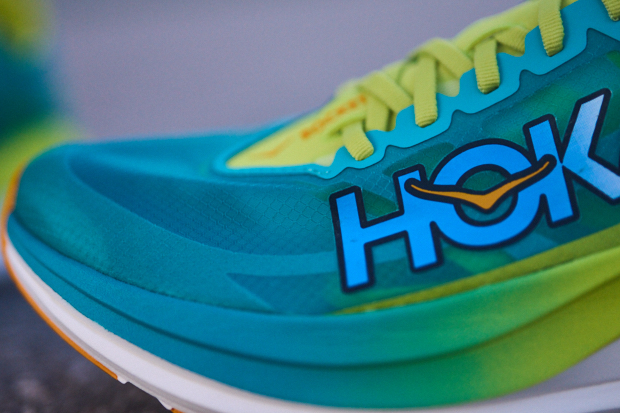
That being said, once you actually get into this shoe, you’re met with a relatively premium experience. That’s a good thing, considering this shoe, like most carbon-plated racing shoes of today, will set you back $250. Try-on feel gives the impression of speed — a lightweight upper with “just enough” there support in key areas that wrap around the foot, and a soft, but not spongy, feel underfoot.
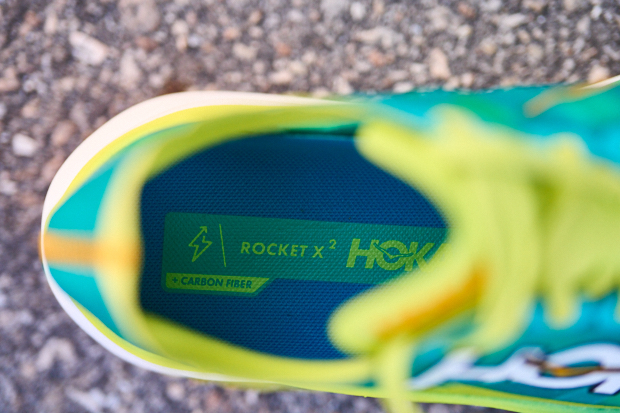
It’s that sensation that translates over to the road. HOKA got the magic elixir part of the equation right, as the foam and carbon plate combine for a plush running experience that also gives you plenty of pop. It reminds me a lot of some classic Mizuno running shoes that had full length wave plates, but the foams of prior years couldn’t quite give the cushioning needed to offset that plate. But it makes for a shoe that feels like it wants to fly at all times.
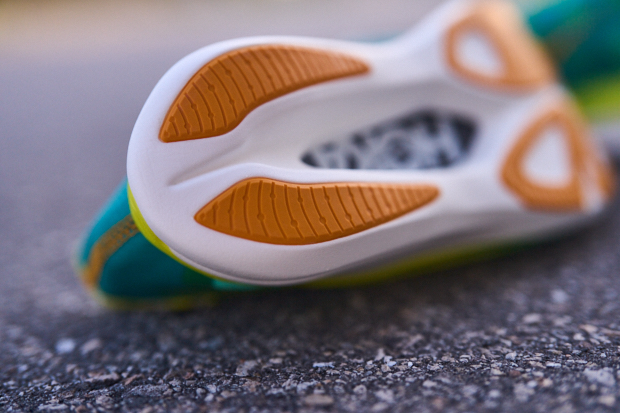
For me, that’s worth a relatively significant time savings at a given HR, to the tune of 15 seconds per mile over my “normal” stable of shoes, and even more when running downhill (which has always been a HOKA trademark experience). Now, I want to caveat that with the fact that I am a.) training more than I have in a while, and so there might be some light data noise from simple improvement, and b.) I respond very well to carbon-plated footwear that fits my foot well — I have similar experiences in Saucony’s Endorphin Pro, as mentioned above. But I also can’t ignore that I always run faster in this shoe at the same HR consistently. And that makes me excited to run more.
That kind of thing you can’t always put a price tag on. It’s at least worth trying on the next time you’re looking for shoes.


Start the discussion at slowtwitch.northend.network